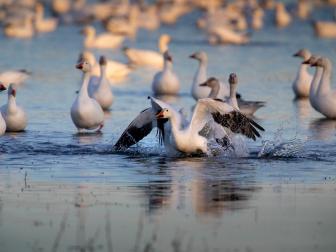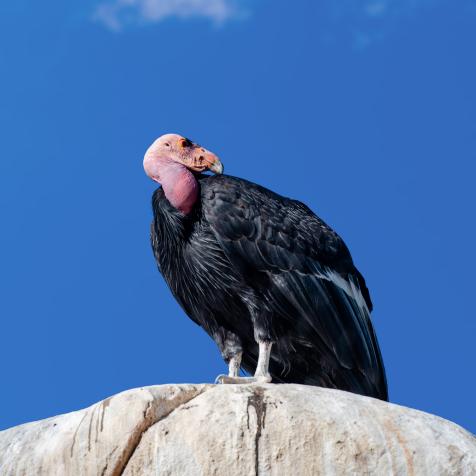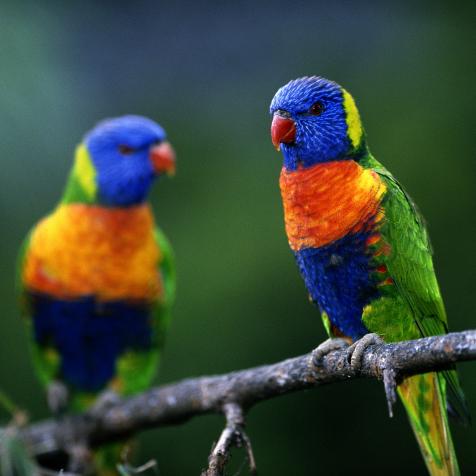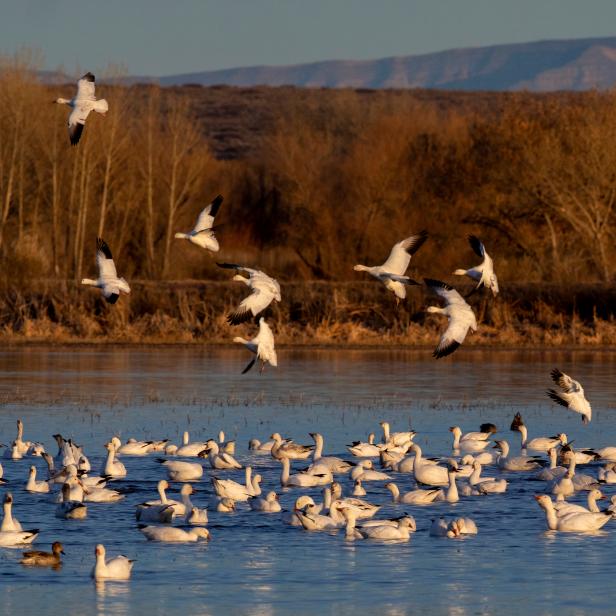
Ian Shive / @tandemstock
Great Migrations

Brrrrr it’s getting cold out, the days are shorter and soon it’ll be winter! Fall means that more than 4 billion birds will stream overhead on their fall migration to warmer grounds down south, where they will feed and mate.
One of my favorite places to see this migration in action is in New Mexico at Bosque del Apache National Wildlife Refuge.
The refuge is famous for being a critical stopover for a number of different migrating species, though for me the sandhill cranes and snow geese are a fan favorite. Their numbers are so great that they blot out the sky. If you are lucky enough to be near an area they are landing to feed, it can almost be overwhelming as their calls can be deafening. The refuge is about 2 hours south of Albuquerque, which is the biggest city in the state.
Great Bird Migrations
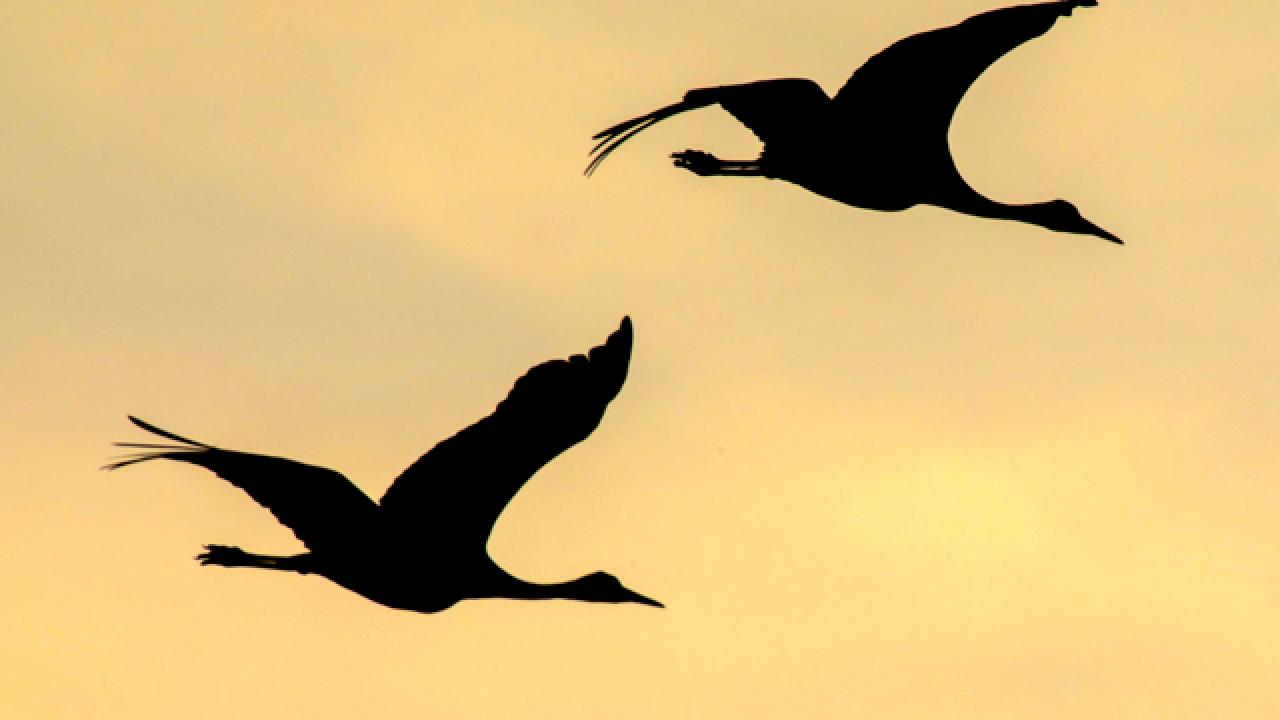
The best times to visit are mid-November through mid-february, but I usually go in mid-December, during the holidays, as I’ve made it somewhat of a tradition to go with my father, who is also a photographer and lives nearby. We always bring our cameras, and I look forward to our day trip all year long, but I also love our tradition of stopping at the Buckhorn Tavern for a famous green chile burger at the end of a long day in the field.
Most Snow Geese come from Northern Canada, flying up to 1500 miles and cruising along at 40 miles per hour. They mate for life, so they are cruising along with their partner and sometimes their young.
Sandhill Cranes are much larger, standing 3-4 feet tall and have a massive wingspan of 6 feet. They breed in Canada, Alaska and Siberia and although they were once almost extinct, they have recovered dramatically because of places like this National Wildlife Refuge.
They also have an incredible sound that is very distinct, I imagine a pterodactyl would sound like this, cawwwwwwwwwwye cawwwwwye!
See Photos
Great Bird Migrations Take Flight 16 Photos
Fall means that more than 4 billion birds will stream overhead on their fall migration to warmer grounds down south, where they will feed and mate. Explore nature photographer Ian Shive's favorite places to see this migration in action is in New Mexico and Texas.Watch the new episode of Nature in Focus
Bird photography typically means using a huge lens to get close to all the action, typically a 500mm or 600mm lens, though I sometimes use a 400mm if I want to move more quickly in an area. I’ve photographed a lot of different migration hotspots, and always enjoy getting down to photograph the migrating whooping cranes in Aransas National Wildlife Refuge, Texas. Unlike the Bosque, the best way to get close is not only a big lens, but also a guide and a boat. The refuge is huge and mostly traveled by water, but there are still plenty of other opportunities near the visitor center to spot them.
Similar to the sandhill cranes I see in New Mexico with their stilted legs, whoopers they are even taller, up to 5 feet and a 7 to 8 foot wing span. Their feathers are a bright white color, too.
The big lens ensures I get those magical moments without disturbing a bird that is endangered and protected. Some figures put only about 500 of these whooping cranes left on the whole planet.
But you don’t need to go far to see migrating species! At home in my own backyard I use a bird blind, which allows me to sit inside out of the wind and camouflaged out of sight of the birds, so that any migration species that fly through, I’ll be able to capture photos of. But being in my own backyard I also realize that not all birds migrate, but they do prepare for winter, stocking up on seeds and acorns. So no matter where you are in the world, keep your eyes out and up! And if you miss the migration this year…soon enough it’ll be warming up and they will be passing back thru on their journeys to their summer homes in the North.









